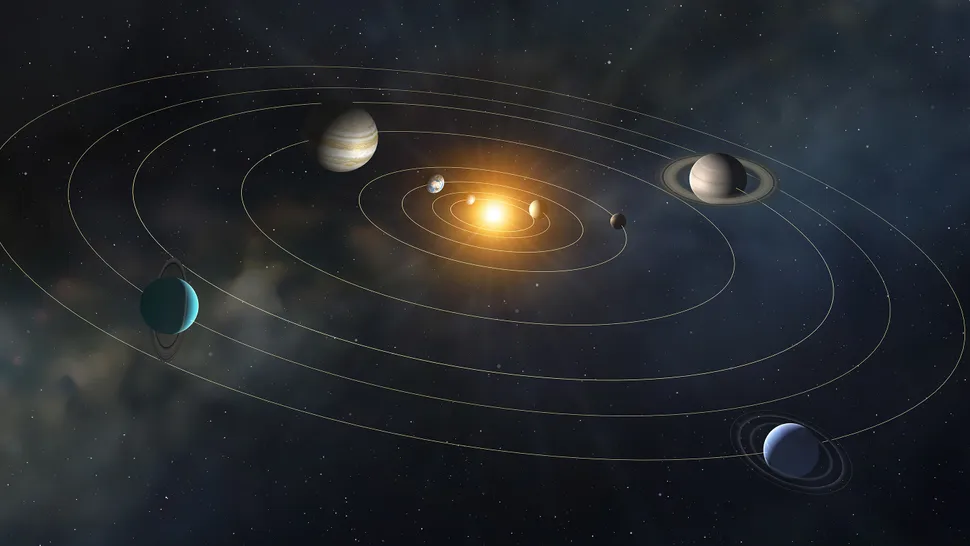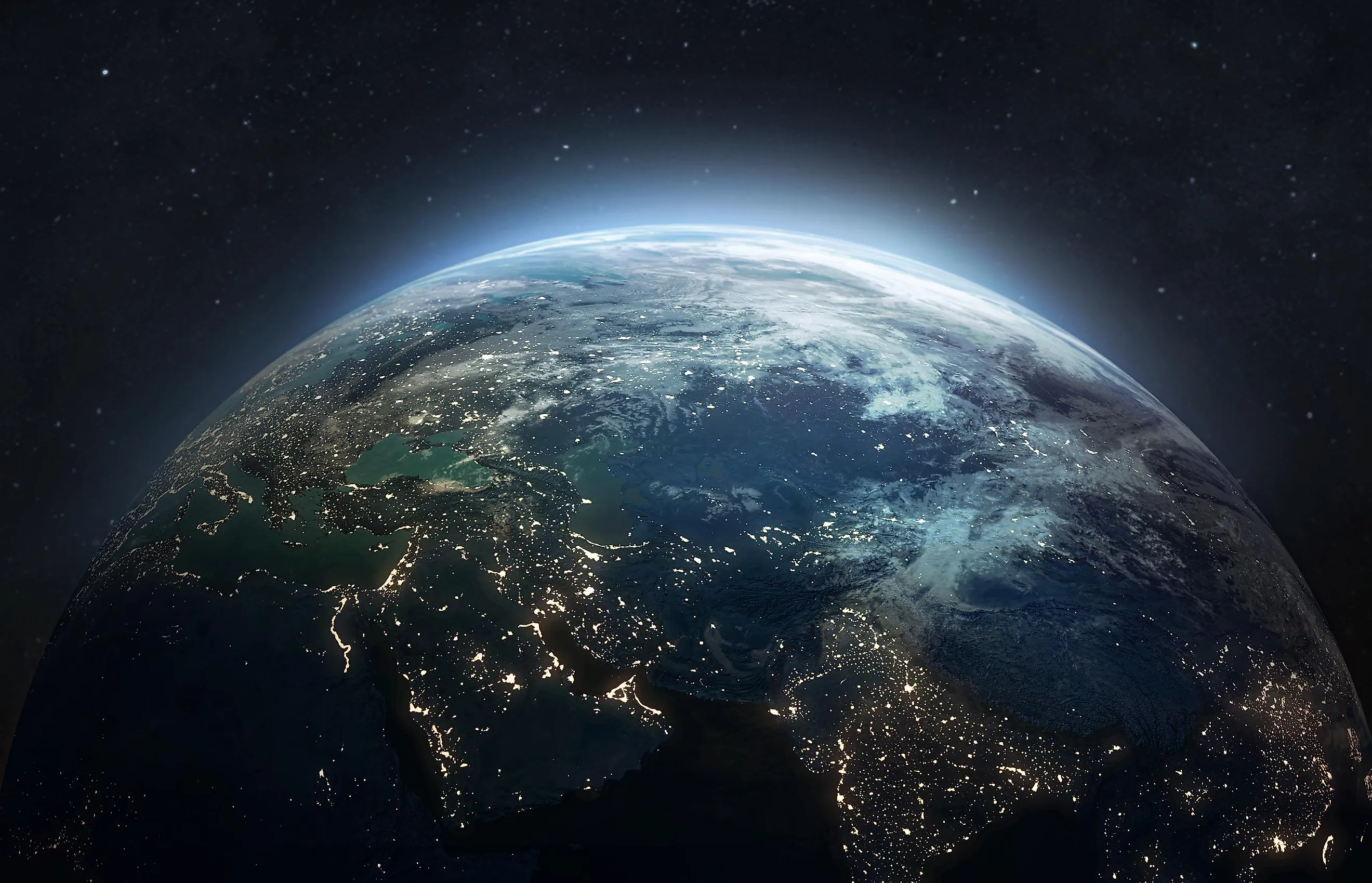Cosmic Journeys


Planets are celestial bodies that orbit stars, with our Earth being one of the most familiar. Each planet has distinct features, from the rocky surface of Mars to the gas giants like Jupiter. Studying these worlds enhances our understanding of the solar system and the possibilities of life beyond Earth. In our solar system, planets vary in size and composition. Mercury is the smallest and closest to the Sun, while Neptune is the furthest. Many planets have moons, which add complexity to their orbits. The search for new planets outside our solar system continues to excite scientists and enthusiasts alike.

Earth is the third planet from the Sun and the only one known to support life. It features diverse ecosystems, including forests, oceans, and deserts.